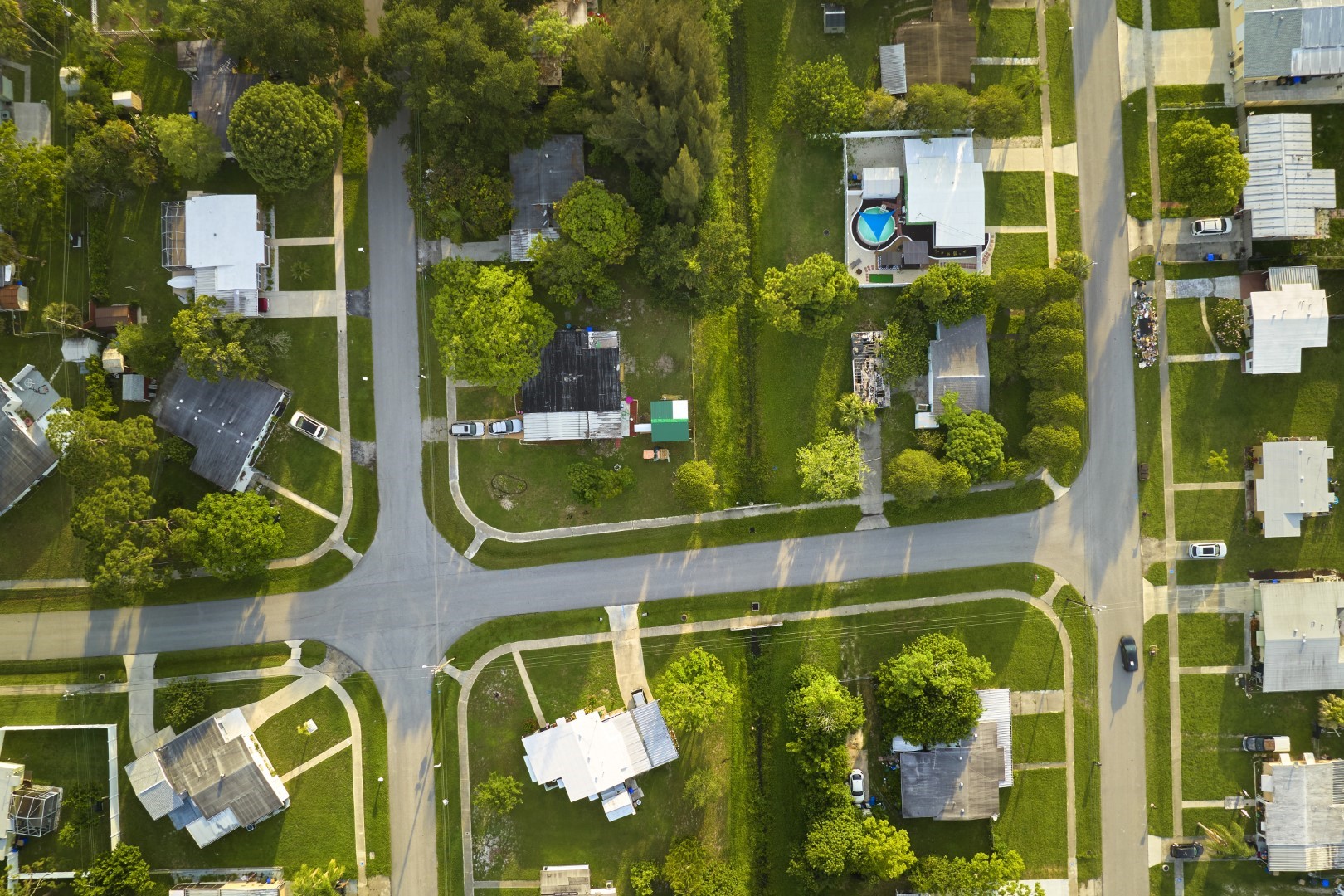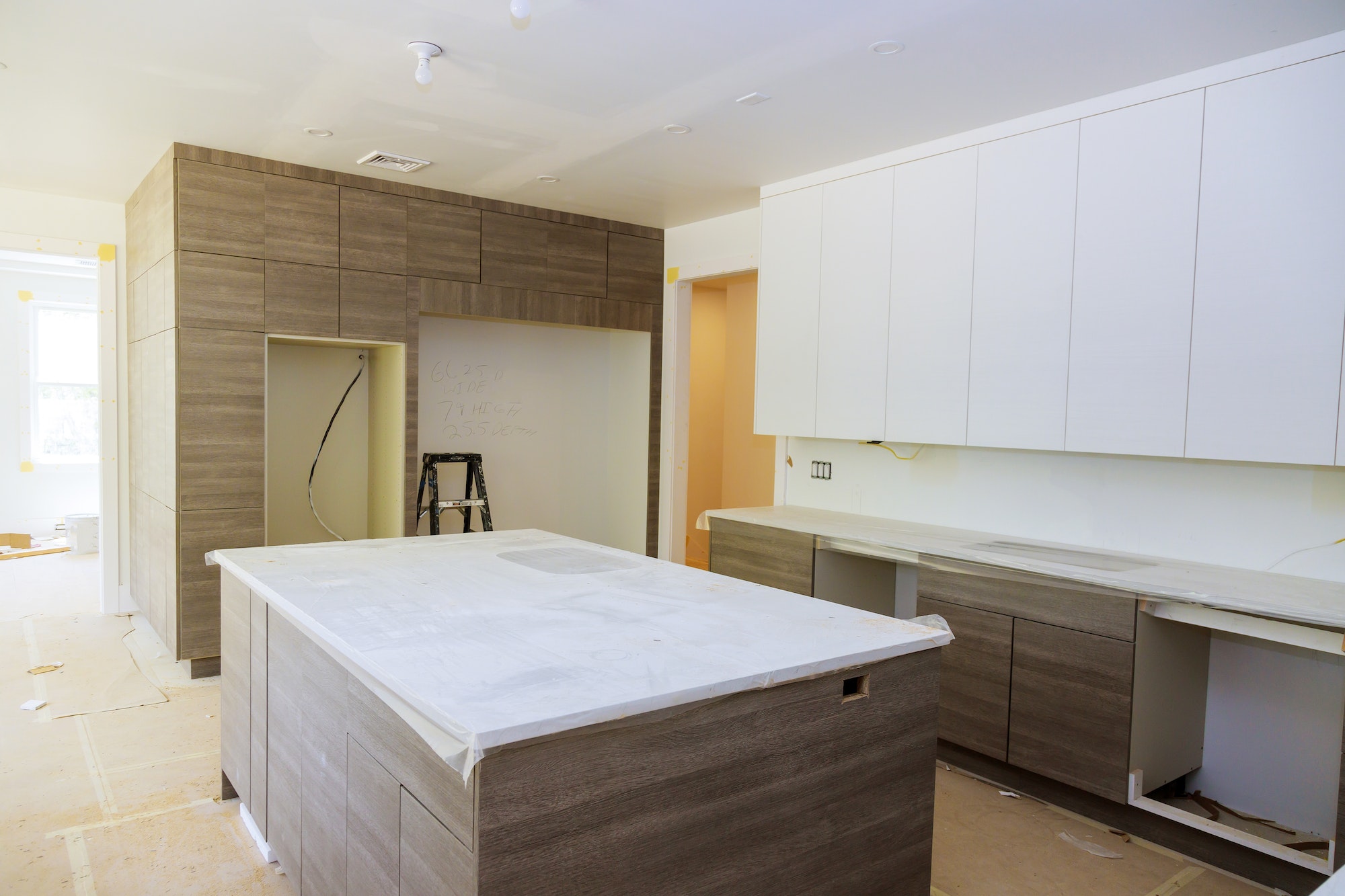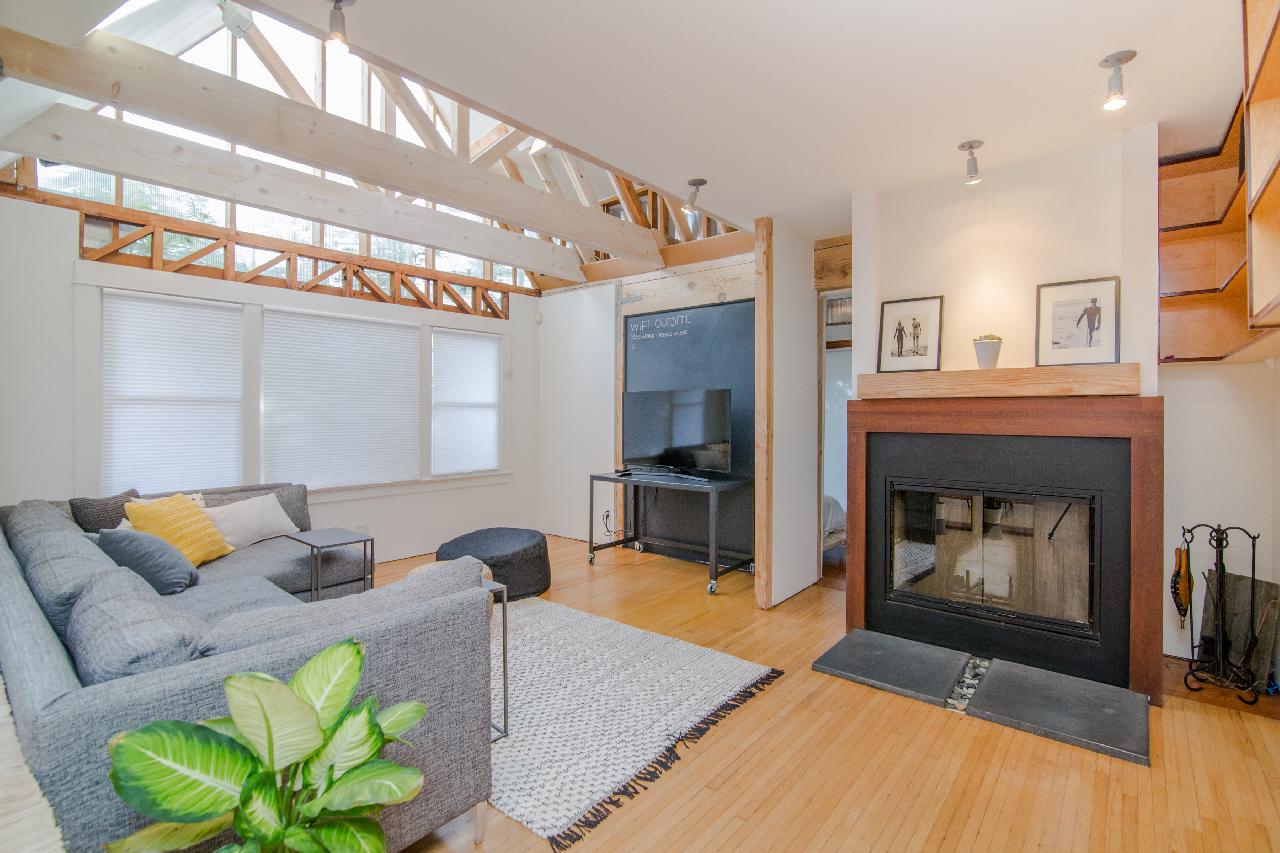Finding the perfect neighborhood isn’t just about the house you live in; it’s about the community that surrounds you. It’s where you’ll take your morning jogs, find your favorite coffee shop, and where your children might play and learn.
The right neighborhood feels like a part of your family, shaping your daily life and memories. But how do you find this perfect match? It’s not as simple as falling in love at first sight. It requires thought, research, and a bit of soul-searching.
In this guide, we’ll walk you through the key factors to consider when choosing your ideal neighborhood. From the practicalities of safety and schools to the nuances of community vibe and future developments, we’ll help you weigh what truly matters to you.
Whether you’re drawn to the hustle and bustle of city life or the quiet of the suburbs, understanding these elements can lead you to a place where you feel at home.
Let’s dive in and discover where your next chapter should begin.
Safety and Security
First and foremost, everyone wants to live in a safe and secure area. The peace of mind from knowing you and your loved ones are safe cannot be overstated. Before you commit to a neighborhood, take some time to research the local crime rates. Many websites and local government resources provide up-to-date statistics on various types of crime.
Additionally, a visit to the neighborhood can give you a sense of security measures in place, such as neighborhood watch programs and the presence of police patrols. Remember, a safe environment is foundational to a good quality of life.
Safety, ambiance, and community are essential when looking for the best neighborhoods in Washington, DC. Here’s a list of the five best neighborhoods in DC that stand out for their charm, security, and overall quality of life, recommended by experts, including those at Nomadic Real Estate:
- Georgetown: Known for its historic architecture, bustling M Street, and scenic waterfront, Georgetown offers a blend of charm, history, and luxury.
- Dupont Circle: Famous for its vibrant energy, diverse community, and cultural attractions, Dupont Circle is a hub for those who love nightlife, art, and international cuisine.
- Logan Circle: With its beautiful Victorian homes and thriving 14th Street corridor, Logan Circle is a trendy neighborhood known for its fashion, dining, and arts scene.
- Capitol Hill: Home to the U.S. Capitol and a host of government buildings, Capitol Hill is steeped in American history. It’s a neighborhood that boasts beautiful parks, local markets, and a tight-knit community feel.
- Southwest Waterfront: Recently revitalized, the Southwest Waterfront features the Wharf, a stunning mile-long stretch along the Potomac River with restaurants, shops, and entertainment venues, making it a modern and desirable place to live.
Each of these neighborhoods offers unique advantages, from the quiet, cobblestone streets of Georgetown to the lively and modern atmosphere of the Southwest Waterfront. In your search for the best neighborhoods in DC, consider what each area offers and how it aligns with your lifestyle and preferences.
Schools and Education
For families with children, the quality of nearby schools is a top priority. The reputation and ranking of schools in the area can greatly impact your children’s education and, by extension, their future. Living near good schools can increase property values even if you don’t have kids. Research local schools, looking into their curriculum, extracurricular activities, and overall performance. Visiting a few schools and talking to parents in the area can also provide valuable insights into the educational climate.
Local Amenities
The convenience of having shops, restaurants, parks, and other amenities nearby cannot be overlooked. These local features contribute significantly to your daily quality of life. Imagine being able to walk to your favorite coffee shop on a Saturday morning or having a park nearby for evening walks. When exploring potential neighborhoods, take note of the local businesses and public spaces. The availability of amenities that match your lifestyle can be a game-changer in your final decision.
Transportation and Commute
Your daily commute can affect your overall satisfaction with where you live. Easy access to public transportation, highways, and major roads can make getting to and from work, school, or errands much less of a hassle. Consider how the location impacts your commute time and the availability of transportation options. If you rely on public transit, look for neighborhoods with good bus or train connections. For those who drive, assess the traffic flow and ease of access to main thoroughfares. A conveniently located neighborhood can save you hours each week, giving you more time to enjoy your home and community.
Community and Lifestyle
The vibe of a neighborhood is more elusive but just as important as more tangible factors. Each area has its own unique character and lifestyle. Some neighborhoods are known for their vibrant nightlife and social scene, while others offer a quiet, family-friendly atmosphere. Think about what’s important to you in a community.
Do you prefer a close-knit community where neighbors know each other, or do you prioritize privacy? To get a real feel for the neighborhood’s lifestyle, try attending local events, visiting cafes and parks, and talking to residents. This can give you a better idea of whether the community’s vibe aligns with your personal preferences.
Cost of Living
The cost of living in a neighborhood encompasses everything from the price of housing to the cost of groceries, utilities, and other daily expenses. Choosing a place where you can live comfortably within your means is important. High property values might indicate a desirable area, but they also mean higher taxes and possibly higher costs for goods and services. Research the average cost of living in the neighborhoods you’re considering, including rental or purchase prices, to ensure you can afford the lifestyle you want.
Future Development
The future development of an area can significantly impact your investment and quality of life. Upcoming infrastructure projects, new commercial areas, or residential developments can enhance the value of a neighborhood. However, they can also bring more traffic or change the area’s character. Check the local planning department for information on any planned developments or zoning changes.
Conclusion
Choosing the right neighborhood is a deeply personal decision that requires balancing various factors. From safety and schools to the cost of living and future developments, each aspect is crucial in finding a place that feels like home. Consider your lifestyle, needs, and long-term plans as you evaluate these elements. By taking the time to research and visit different neighborhoods, you can make an informed choice that aligns with your desires for a happy and fulfilling life. Finding the perfect neighborhood may seem daunting, but with the right approach, you can discover a place where you and your family can thrive for years to come.
Discover more from Futurist Architecture
Subscribe to get the latest posts sent to your email.



